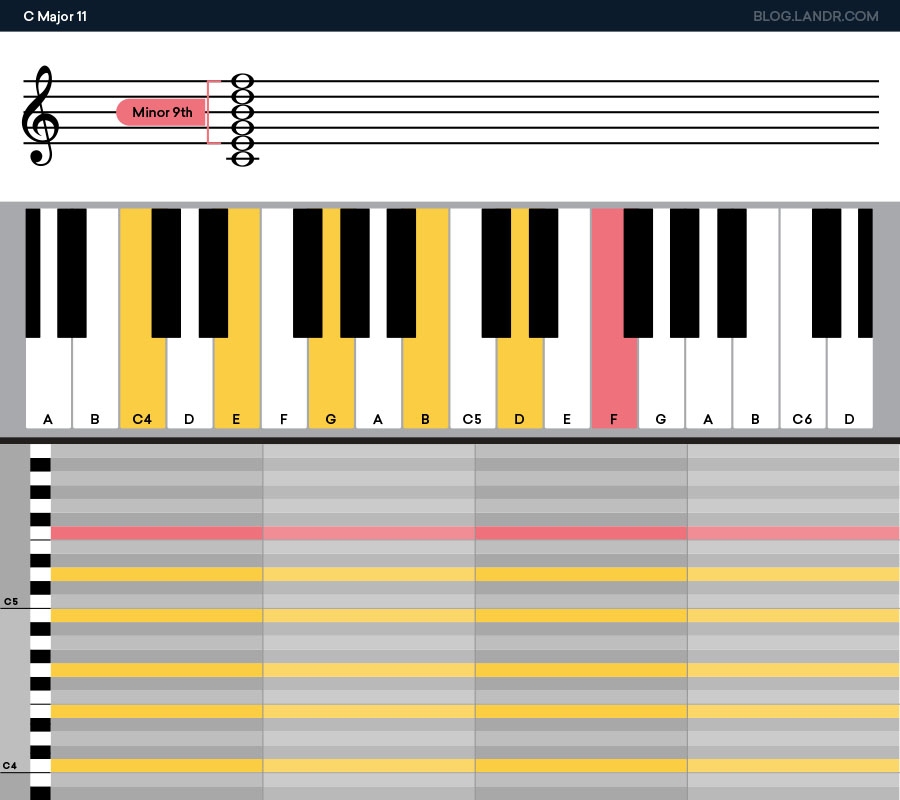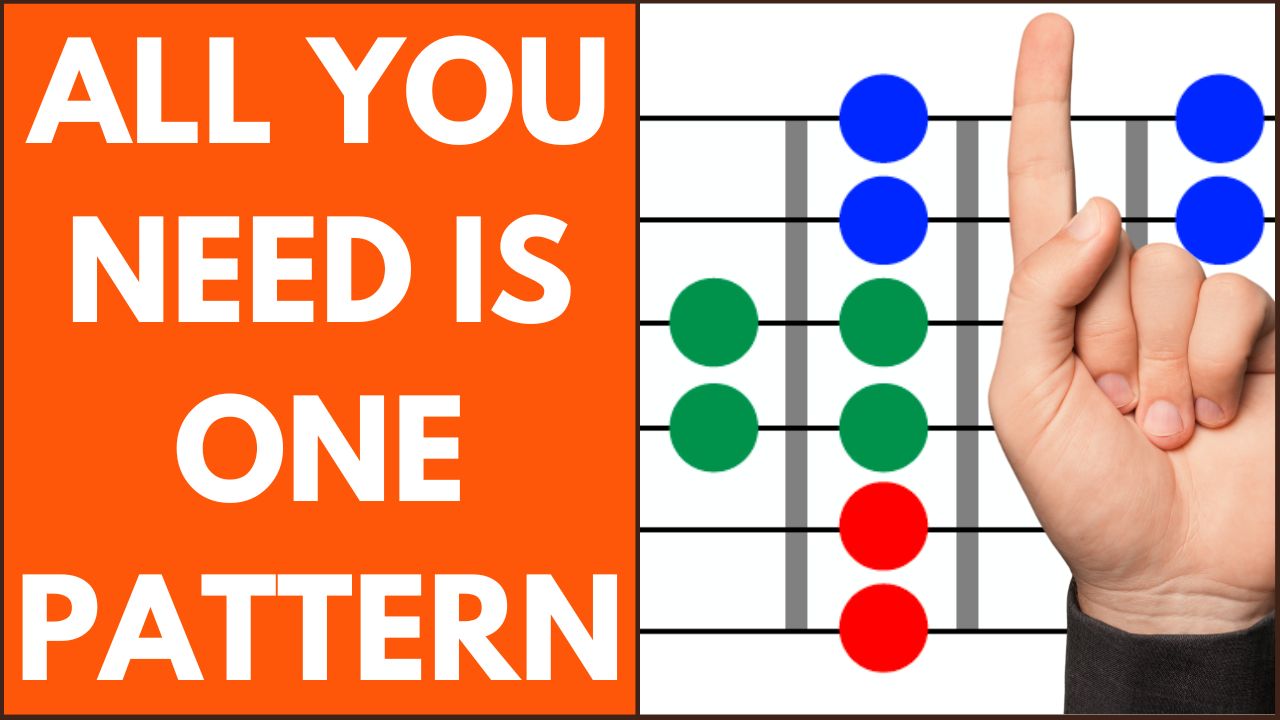Have you ever felt like a musical magician, conjuring up spellbinding sounds with just a few flicks of your fingertips? Well, welcome to the enchanting realm of guitar chords! Buckle up, because we’re about to take a wild and whimsical journey through the intricate and sometimes bewildering world of chord progressions. Get ready to unlock the secrets of harmonious harmony and delve deep into the mysterious universe of music theory. So grab your guitar and brace yourself for a mind-bending adventure – it’s gonna be a wild ride!
Contents
- 1 Understanding the Foundations of Guitar Chords
- 2 The Major and Minor Chords: Building Blocks of Music
- 3 Navigating Through Seventh Chords for Added Depth
- 4 Extended Chords: Expanding Harmonic Possibilities
- 5 Incorporating Suspended and Added Tone Chords for Texture
- 6 Unveiling the Mystique of Diminished and Augmented Chords
- 7 Mastering Chord Progressions for Cohesive Musical Journeys
- 8 FAQs
- 9 Strum on, fellow chord explorers!
Understanding the Foundations of Guitar Chords
So you’ve decided to pick up the guitar and embark on a melodious journey filled with strumming and chords. It’s a noble pursuit, my friend, but before you can unleash those sweet tunes, you must first understand the foundations of guitar chords.
Imagine chords as the building blocks of your musical masterpiece. Each chord is like a little Lego piece that, when put together in just the right way, creates a harmonious structure that will make your ears sing with joy.
Now, let’s break it down, shall we? A chord is made up of three or more notes played together. These notes create a specific harmony that forms the backbone of a song. Think of them as the secret spice that makes your musical dish oh so delicious.
But fret not (pun intended), for understanding guitar chords is not as daunting as it may seem. With a little practice, patience, and perhaps a touch of magic (not really, it’s just practice), you’ll soon be strumming away like a pro. So grab your guitar, unleash your inner rockstar, and let’s dive into the wonderful world of chords!

The Major and Minor Chords: Building Blocks of Music
When it comes to music, major and minor chords are like the yin and yang of sound. They are the building blocks that create the beautiful symphony of melodies we all love to bob our heads to. Let’s dive deep into the world of major and minor chords and uncover the magic behind these musical superheroes.
Major chords are like the extroverts of the musical world – they are bright, cheery, and always ready to steal the spotlight. On the other hand, minor chords are the introverts, with their melancholic and brooding nature. Together, they are the perfect odd couple, creating a dynamic harmony that is impossible to resist.
Imagine a major chord as a burst of sunshine on a rainy day, filling your ears with warmth and happiness. Now, picture a minor chord as a cozy blanket on a cold winter night, comforting you with its soul-stirring melancholy. When you combine these two contrasting forces, you get a musical rollercoaster that takes you on a wild ride of emotions.
Major and minor chords are like the salt and pepper of music – they add flavor and depth to every composition. Whether you’re tapping your feet to an upbeat pop song or shedding a tear to a heartbreaking ballad, you can thank these musical twins for pulling your heartstrings in all the right ways.

Seventh chords are like the spice rack of music theory – they add that extra kick to your musical compositions. But navigating through them can be like trying to find your way out of a corn maze blindfolded. Fear not, brave music explorer! We’re here to guide you through the treacherous waters of seventh chords with wit and wisdom.
First up, we have the humble major seventh chord. This bad boy is like a fine wine – smooth, sophisticated, and oh-so classy. Just take a major chord and add in that jazzy seventh note, and voilà! Instant depth and complexity. Think of it as the musical equivalent of putting on a monocle and top hat.
Next on our musical journey is the mysterious minor seventh chord. It’s like the brooding anti-hero of the chord world - dark, moody, and full of secrets. You can achieve this spicy chord by simply lowering the seventh note of a minor chord. It’s the perfect accompaniment for your late-night introspective jam sessions.
And let’s not forget about the spicy dominant seventh chord. This bad boy is like the rebellious teenager of the chord family – always causing a bit of trouble and shaking things up. It’s created by taking a major chord and lowering the seventh note. Throw this bad boy into your chord progressions for a little extra sass and attitude.

Extended Chords: Expanding Harmonic Possibilities
Have you ever felt like your chords were just too basic, too boring, too… vanilla? Well, fear not, my fellow musician! It’s time to spice things up with some extended chords that will blow your mind (and your audience’s ears).
By adding extra notes to your chords, you’re not just expanding your harmonic possibilities, you’re setting yourself apart from the average chord strummer. Imagine the looks of awe on your bandmates’ faces when you unleash a juicy, flavorful chord that they’ve never even heard of before!
With extended chords, you can create rich, complex soundscapes that will make your music stand out in a sea of mediocrity. Don’t settle for the same old triads – embrace the power of the 7ths, 9ths, 11ths, and 13ths! Your songs will thank you.
So go forth, brave musician, and explore the wild world of extended chords. Experiment, play around, and let your imagination run wild. Who knows what kind of magical harmonies you’ll discover along the way? The possibilities are endless!

Incorporating Suspended and Added Tone Chords for Texture
Ever wonder how some musicians are able to create such rich and lush textures in their music? One secret weapon they use is incorporating suspended and added tone chords. These chords add depth and complexity to your music, making it sound like you have a whole orchestra at your fingertips.
One way to incorporate suspended chords is to substitute a regular major chord with a sus2 or sus4 chord. These chords create a sense of tension and anticipation, adding a touch of mystery to your music. Added tone chords, on the other hand, involve adding extra notes to a basic chord to create a more colorful sound. Experiment with adding 6ths, 7ths, or 9ths to your chords to see how it can transform your music.
Don’t be afraid to get creative with your chord progressions. Mix and match suspended and added tone chords to create unexpected harmonies and textures. Play around with different voicings and inversions to see how it can change the mood of your music. The possibilities are endless when it comes to incorporating these types of chords into your compositions.
So next time you’re looking to spice up your music and take it to the next level, consider incorporating suspended and added tone chords for a more textured and dynamic sound. Your audience will thank you for it!
Unveiling the Mystique of Diminished and Augmented Chords
Are you tired of feeling diminished when it comes to understanding diminished chords? Do augmented chords make you feel like you’re living in a musical fantasy world? Well, fear not! We are here to unveil the mystique of these enigmatic chords and make them as clear as a crystal-clear C major chord!
Let’s start with diminished chords, shall we? These chords have a mysterious and eerie quality that can send shivers down your spine, like a ghostly apparition haunting your musical compositions. But fear not, for once you understand them, you’ll realize that they are just like any other chord, but with a twist – a twist so tantalizing that it will have you craving more!
Now, let’s move on to augmented chords. These chords have a magical quality that can transport you to a fantastical realm where unicorns prance and dragons breathe fire. They are like the fairy godmothers of the musical world, sprinkling their enchanting pixie dust on your compositions and making them sparkle like diamonds in the sky.
So, the next time you come across a diminished or augmented chord, don’t run away in fear or confusion. Embrace their mystical charm, explore their unique sound, and incorporate them into your musical creations with boldness and flair. Who knows, you might just discover a whole new world of musical possibilities that will elevate your compositions to dizzying heights!
Mastering Chord Progressions for Cohesive Musical Journeys
Are you tired of your songs sounding like a musical hot mess? Fear not, dear musician, for mastering chord progressions is the key to creating cohesive musical journeys that will captivate your listeners from start to finish.
One of the most important aspects of creating a killer chord progression is to establish a strong sense of harmony. Make sure each chord smoothly transitions to the next, like a well-oiled machine, to keep your audience grooving along with your tunes.
Don’t be afraid to experiment with different chord voicings and inversions to add some spice to your progressions. Remember, variety is the spice of life (and music), so mix it up and keep things interesting!
And finally, don’t forget to sprinkle in some unexpected chords here and there to keep your listeners on their toes. A well-placed dominant seventh or diminished chord can add a touch of drama and intrigue to your music, making your songs truly unforgettable.
FAQs
Why are there so many different types of guitar chords?
Because guitar players love making things complicated! No, in all seriousness, different chords serve different musical purposes and help create beautiful harmonies. Plus, who doesn’t love a good challenge?
How can I memorize all these complex guitar chords?
Here’s a trick: write them all over the walls of your room! Just kidding. The best way to memorize chords is through practice and repetition. Keep at it, and eventually, you’ll have them all down pat.
What are some tips for mastering difficult guitar chords?
Take it slow, use a metronome, and don’t be afraid to ask for help! And remember, Rome wasn’t built in a day – neither will your chord mastery be. Keep at it, and you’ll get there eventually.
Why do some guitar chords sound good together while others clash?
It all comes down to music theory! Some chords have complementary notes that create a pleasing sound, while others have dissonant notes that clash. It’s all about finding the right balance and creating the perfect harmony.
How can I spice up my chord progressions?
Get creative! Experiment with different voicings, add in some fancy extensions, or throw in a surprising chord substitution. The possibilities are endless – so have fun with it!
Strum on, fellow chord explorers!
So there you have it, brave adventurers of the guitar world! As you navigate the intricate maze of finger placements and strumming patterns, remember to keep a song in your heart and a chord in your pocket. Whether you’re a seasoned pro or a beginner just dipping your toes into the world of frets and strings, keep exploring, keep experimenting, and most importantly, keep rocking out! And who knows, maybe one day you’ll stumble upon that elusive secret chord that will unlock the mysteries of the universe (or at least just sound really cool). Until then, strum on, fellow chord explorers, strum on!



